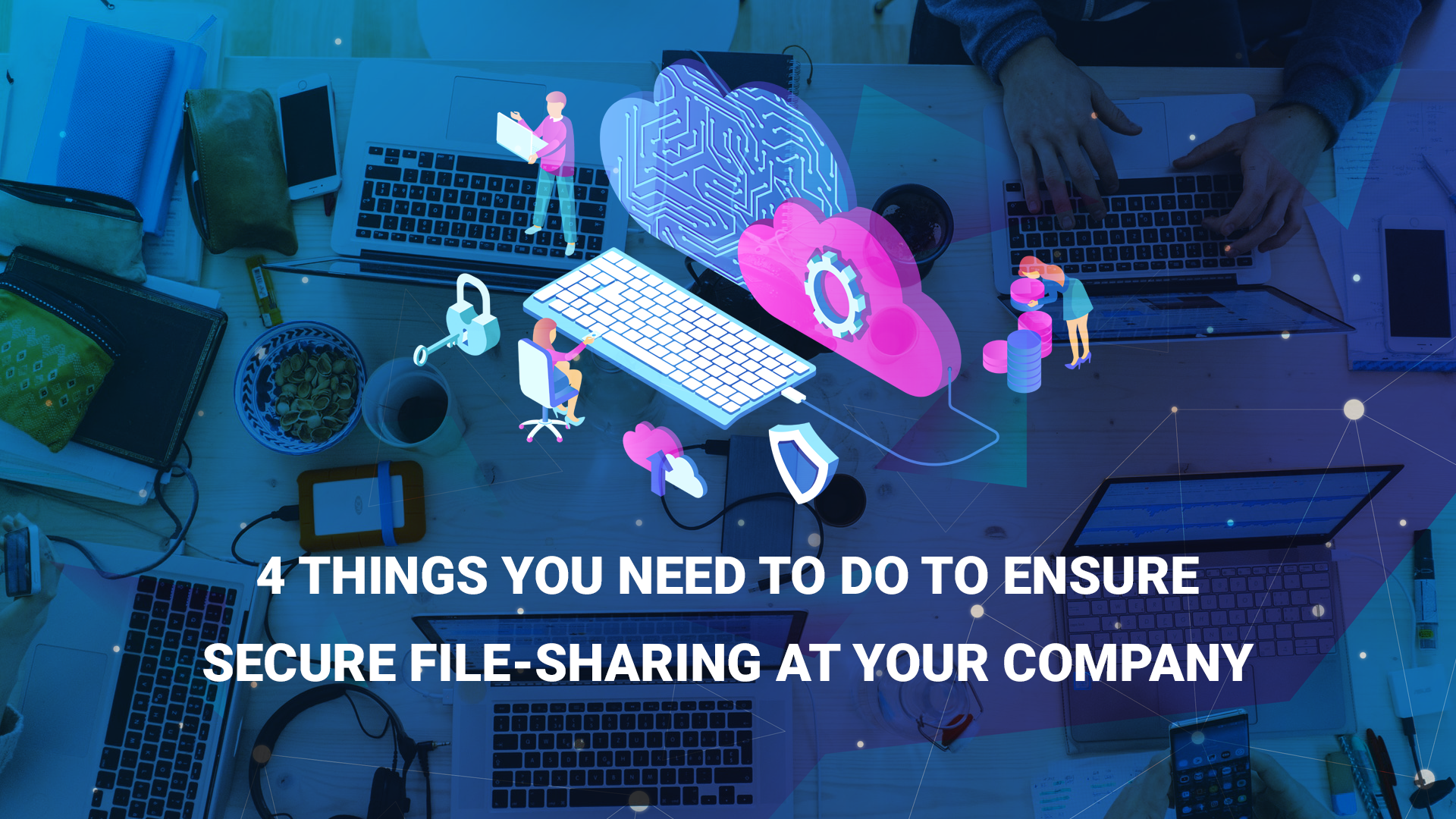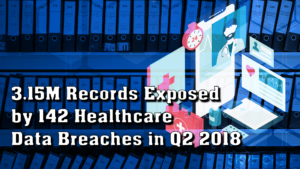How can you prevent your files from being transferred to unauthorized people? And, as a business owner, what can you do to make sure your business isn’t at risk of having its sensitive documents compromised?
Share files fast, easy and secure within and outside your company with SkyFlok! Save time on collaboration and reduce data security risk.
Find out what more you need to know about secure file-sharing in your company in the following article:
1. Educate your staff about the risk involved in file-sharing.
Awareness is key to ensuring security. That’s why the first thing you need to do is to let the whole team in on the risks they face when sharing files or using file-sharing software. You may set up sophisticated systems with ironclad security, but if the users have no idea why you had them set up, your company will continue being vulnerable.
Paul Kubler, cyber security and digital forensics examiner at LIFARS, told Digital Guardian that, along with regular training of their employees about the risks involved, leaders should be blocking unapproved sharing centers that may be used to leak company data. In addition, to make sure they’re protected, employees should be educated about general security.
Tell your staff members about the dangers they face when they share office documents. All employees have an important role to play in promoting the security of the company. So, let them know why it is important that these files not get into the wrong hands.
2. Know who has access to the files in the cloud.
Cloud storage makes documents available for anyone in your office who needs them. Since the documents are stored in the cloud, you don’t have to worry about your files getting lost or fret about how to recover them.
Cloud storage like Dropbox allows you to share a file with a colleague at work through a direct link to the document in the cloud or access to that file through email. This is helpful and convenient. But you need to make sure that you’re sharing the link to authorized recipients only. For that assurance, you may have to upgrade to Dropbox Professional. This allows you to set permissions so that links to the stored files can be accessed only by authorized persons.
There are other cloud-based file storage systems that allow you to set and manage permissions to access files within the system. Box, for example, is a cloud-based file-storage system that provides multiple sharing options as well as a sophisticated tracking feature so you know whom the document has been sent to, who’s opened it and who’s shared it.
3. Update your content-management systems.
The information security challenges businesses face are evolving. It’s important that the file-sharing system you use at the office combat the prevailing security challenges.
Check if there are any updates to the content-management systems you’re currently using. Upgrade your systems to effectively manage and protect sensitive files in the network. Of course, new systems mean another round of training for your employees, but the investment is worth it. So, make sure that your staff are well-trained and acquainted with the updated software.
4. Opt for an integrated system instead of a stand-alone one.
A stand-alone system may provide the security you need, but it’s only limited to a single function, like email security. Ensuring email security is just one of several aspects of your corporate setup that need protection. You will still need to get a stand-alone system dedicated to file-sharing or other software to block the holes that make the files in your office vulnerable. However, if you go for an integrated system that ensures effective security in office communication and file-sharing, you can rest easy that your sensitive documents are safe.
Related: These 5 Companies Are Growing as Large as the Online Security Threat
The steps above will help keep your company files secure, and monitor what happens to them. Even more, they will reduce the risk of unnecessary exposure and vulnerability, allow you to know where your files are going to and effectively monitor what happens to them.







